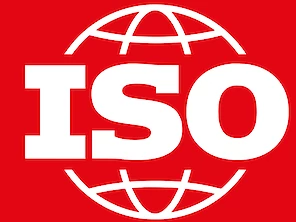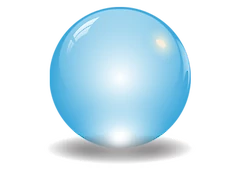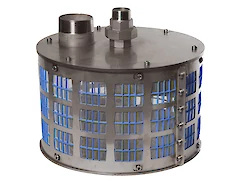Ultrasonic Nanobubble Generators: A Game Changer for Industrial and Environmental Applications

In recent years, ultrasonic nanobubble generators have made significant strides in various industries, from water treatment to materials processing, thanks to their efficiency, versatility, and unique ability to generate extremely fine bubbles with remarkable control. But what sets ultrasonic nanobubble generators apart, and why are they a game changer for industrial and environmental applications?
How Ultrasonic Nanobubble Generators Work
At the core of these systems is a hollow cylindrical ultrasonic horn that operates through acoustic cavitation[1]. When immersed in liquid, the ultrasonic horn radiates acoustic waves with frequencies typically ranging from 20 kHz to several MHz[2]. These sound waves create alternating positive and negative pressure cycles in the liquid, generating cavitation bubbles that rapidly expand and collapse[3]. During the negative pressure phase, dissolved gases nucleate and form tiny bubbles. Under positive pressure, these bubbles are compressed or collapse violently, creating the intense conditions needed for nanobubble formation[4]. This process is similar to opening a can of beer or soda—the pressure change forces gas out of solution, but in this case, the rapid oscillations create bubbles smaller than 200 nanometers[5].
Superior Performance and Efficiency
Ultrasonic nanobubble generators offer several advantages over conventional bubble generation methods. Research shows they can achieve gas transfer efficiencies approaching 99.9%, significantly outperforming traditional diffusers that typically reach only 28% efficiency[6]. The acoustic approach provides precise control over bubble size and concentration by adjusting frequency, amplitude, and exposure time[2]. Unlike hydrodynamic methods that require high-pressure pumps and complex flow patterns, ultrasonic systems can operate at atmospheric pressure with minimal energy requirements. This makes them particularly suitable for applications where energy efficiency is crucial, such as wastewater treatment and aquaculture.
Wide-Ranging Industrial Applications
The versatility of ultrasonic nanobubble technology extends across multiple industries. In water treatment, these systems excel at ozonation processes, where the extended bubble lifetime enhances disinfection efficiency. The food industry benefits from ultrasonic-assisted extraction processes that preserve delicate compounds while improving yield. Biomedical applications are particularly promising, with ultrasonic nanobubbles serving as contrast agents for diagnostic imaging and drug delivery systems. Their ability to extravasate through vessel walls opens new possibilities for targeted therapeutic applications.
Integration with Existing Technologies
While ultrasonic generation represents an advanced approach to nanobubble production, it complements established systems, such as Acniti's Turbiti nanobubble mixers and GaLF high-concentration generators. For applications that require both high bubble concentrations and processing flexibility, combining ultrasonic methods with industrial oxygen generators can provide an optimal gas supply for enhanced performance. As industries continue seeking sustainable and efficient processing solutions, ultrasonic nanobubble generators represent a significant technological advancement that bridges the gap between laboratory research and large-scale industrial implementation.
[1] Tests of Acoustic Target Strength and Bubble Dissolution Models Using a Synthetic Bubble Generator
[2] Acoustic-Controlled Bubble Generation and Fabrication of 3D Polymer Porous Materials
[4] Acoustic cavitation-induced shear: a mini-review
Links
2 Links to other pages: ultrasonic
Washing of surfaces and laundry is one of the promising areas were nanobubbles can make a difference in the application. Reducing the amount of detergent, has a positive effect by reducing pollution, washing laundry without detergent, would greatly benefit the environment. Nanobubbles can lower the surface tension of water, the large amounts of oxygen molecules in bubbles charge the water negative.
Overview of ultrasonic nanobubble generation, techniques, and eco-friendly cleaning benefits.







